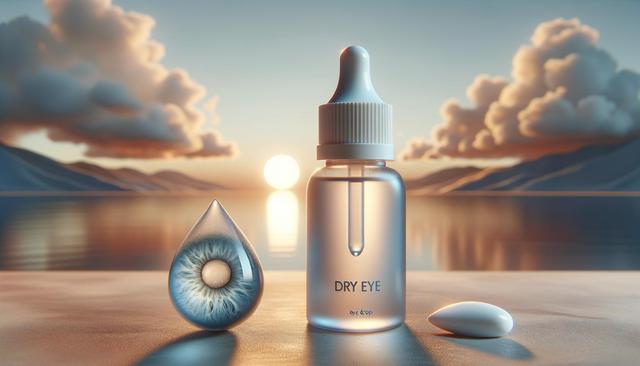What Causes Dry Eyes?
Dry eye syndrome occurs when your eyes either do not produce enough tears or produce poor-quality tears that evaporate too quickly. This condition can be triggered by a variety of factors, and understanding these causes is essential for effective treatment. Common contributors to dry eyes include:
- Aging, especially common in individuals over 50
- Environmental conditions such as wind, smoke, or dry climates
- Extended screen use without adequate blinking
- Use of contact lenses or recent eye surgery
- Medical conditions like rheumatoid arthritis, diabetes, or thyroid disorders
- Certain medications including antihistamines, decongestants, and antidepressants
Knowing the root cause helps in tailoring the appropriate treatment or lifestyle change to alleviate symptoms.
Common Symptoms to Look Out For
Recognizing the symptoms of dry eyes early can prevent further discomfort and potential damage to the eyes. Dry eyes can present in various ways, and the severity of symptoms may vary from person to person. Typical signs include:
- Stinging or burning sensations in the eyes
- A feeling of dryness or grittiness
- Redness and irritation
- Excessive tearing (a reflex to dryness)
- Blurred vision or eye fatigue
- Discomfort when wearing contact lenses
These symptoms may worsen in certain environments or during prolonged visual tasks. If you frequently experience any of these, it’s advisable to consult with an eye care professional for a thorough examination.
Over-the-Counter and Prescription Treatments
There are several treatment approaches for dry eyes, ranging from over-the-counter solutions to prescription medications. Artificial tears are a common first step, providing instant relief by lubricating the eye surface. For more persistent cases, doctors may recommend:
- Prescription eye drops that reduce inflammation and increase tear production
- Ointments for overnight moisture retention
- Oral supplements containing omega-3 fatty acids
These treatments aim to restore moisture balance and protect the eye’s surface. However, not all products work the same for everyone, so finding the right one may take some trial and error under professional guidance.
Medical and In-Office Procedures
When basic treatments aren’t effective, more advanced options may be necessary. Eye care professionals can offer targeted therapies that address the underlying issues of dry eye syndrome. Some of these include:
- Punctal plugs: Tiny devices inserted into tear ducts to block drainage and retain moisture
- Thermal pulsation therapy: Clears blocked oil glands in the eyelids
- Light therapy and eyelid massage: Helps manage inflammation and improve tear quality
These procedures are generally safe and can significantly improve comfort and eye health when conservative approaches fall short. Discussing these options with your eye care provider can help determine the most suitable course of action.
Lifestyle Adjustments for Long-Term Relief
In addition to medical treatments, certain lifestyle changes can make a noticeable difference in managing dry eyes. Making small adjustments to your daily routine may help reduce symptoms and protect your eyes from further irritation. Consider the following strategies:
- Taking regular breaks during screen time to blink and rest your eyes
- Using a humidifier to maintain moisture in indoor air
- Wearing wraparound sunglasses to shield your eyes from wind and sun
- Staying hydrated and eating a balanced diet rich in omega-3 fatty acids
- Practicing good eyelid hygiene to prevent inflammation
These habits support the overall health of your eyes and can complement other treatments effectively.
Conclusion: Finding the Right Approach for You
Dry eyes can significantly impact daily comfort and visual clarity, but with the right combination of treatments and lifestyle changes, relief is achievable. Whether you’re dealing with mild irritation or more persistent symptoms, understanding the root cause and exploring available treatment options can lead to noticeable improvements. Regular check-ups with an eye care specialist are essential to monitor your condition and adjust your care plan as needed. Prioritizing eye health not only reduces discomfort but also enhances your overall quality of life.




Leave a Reply